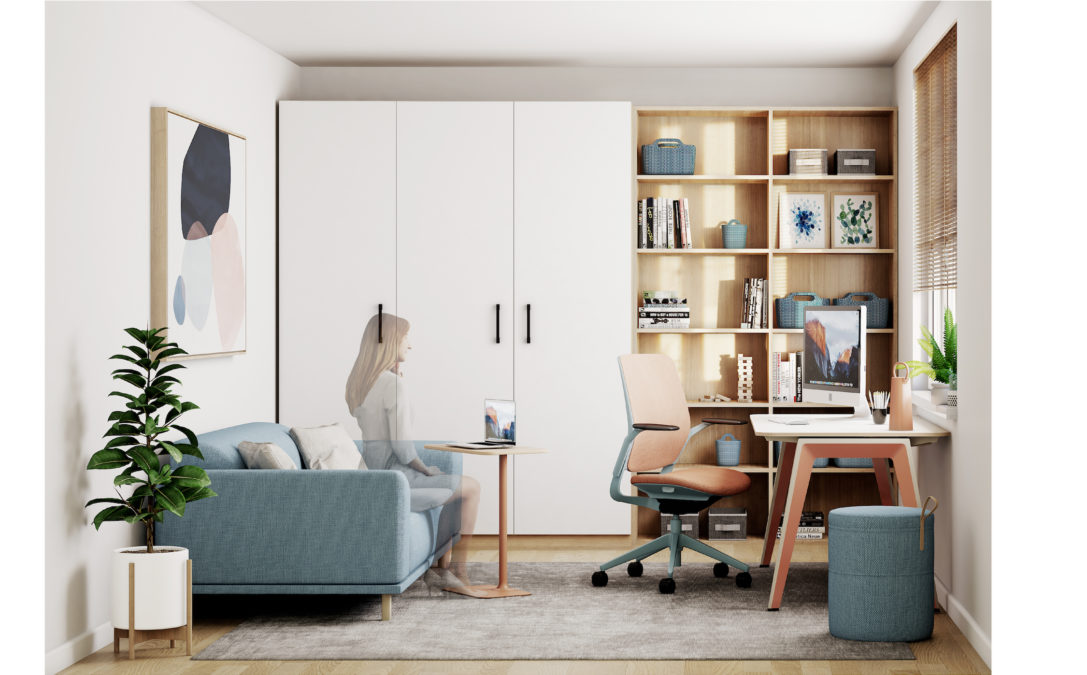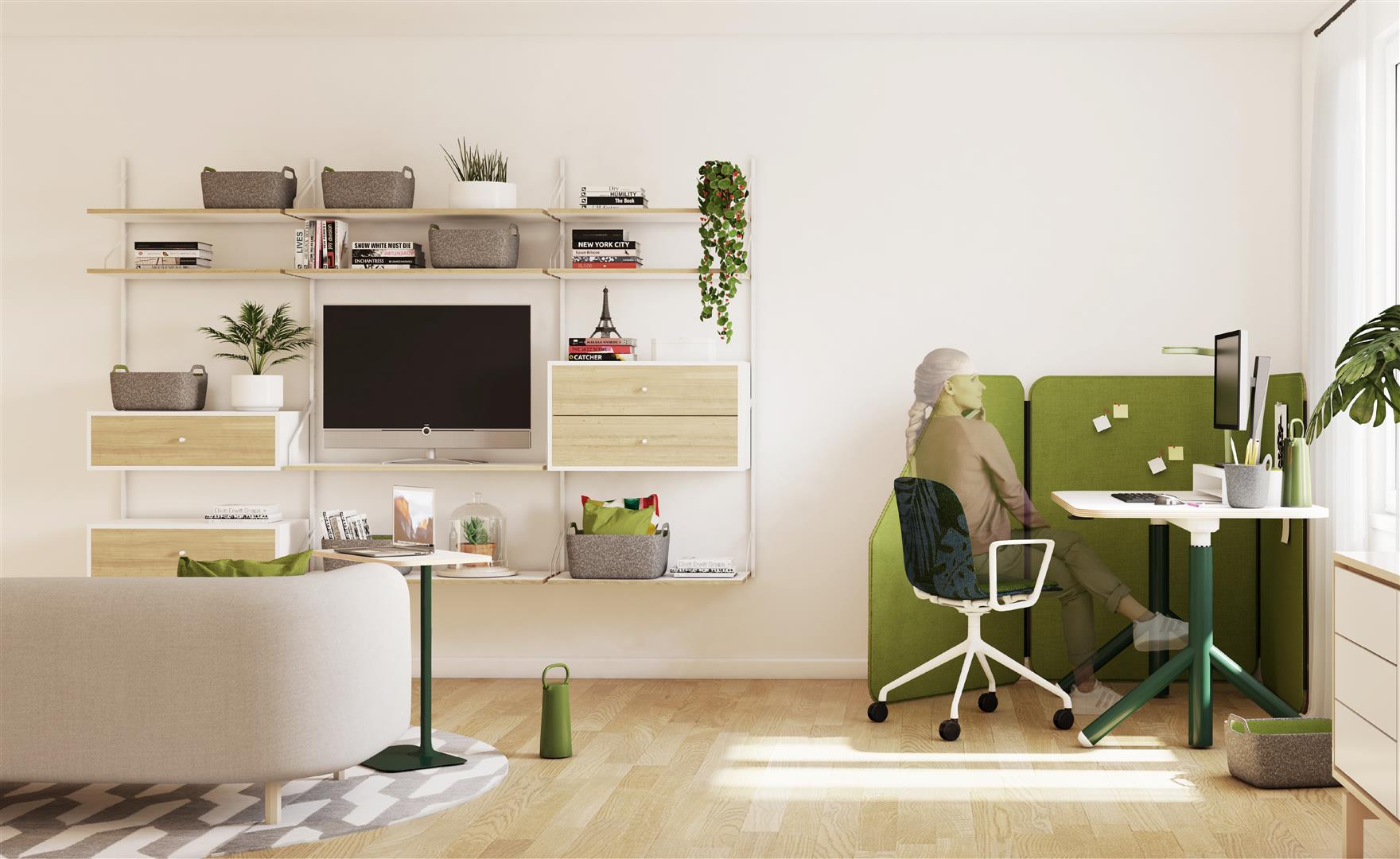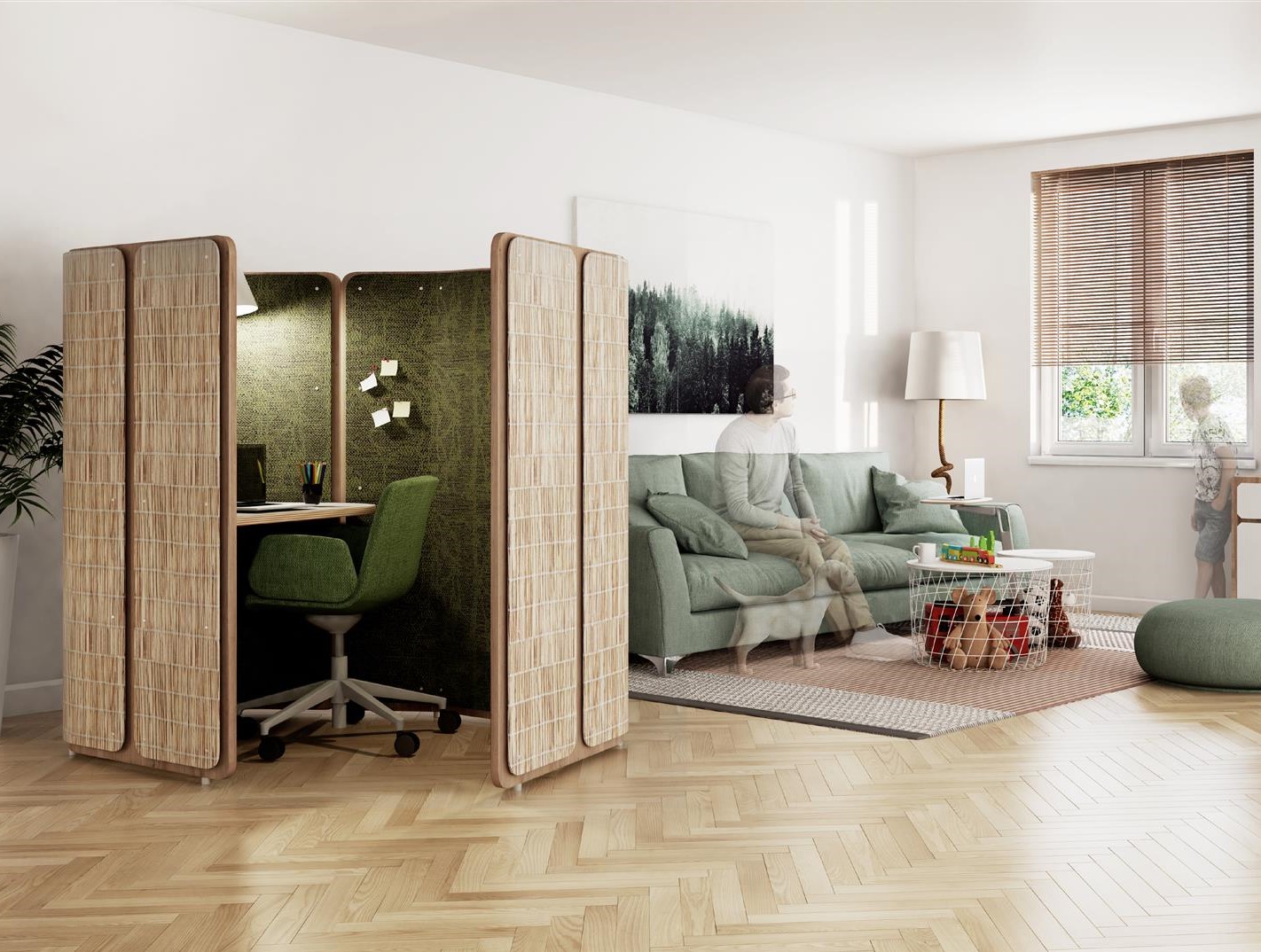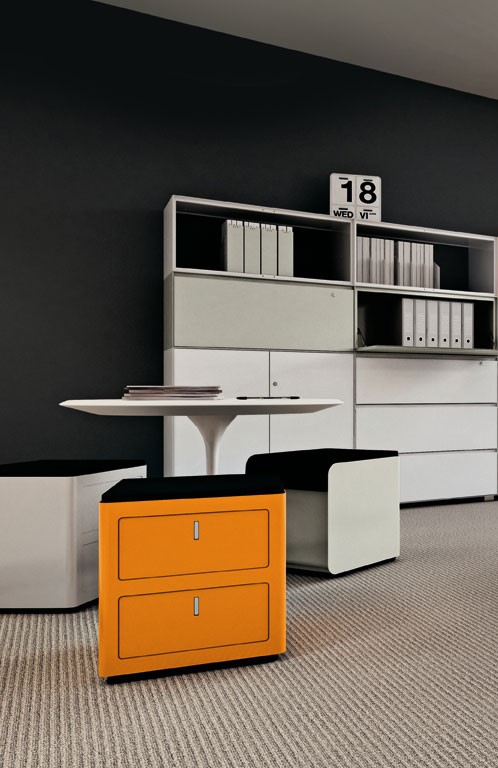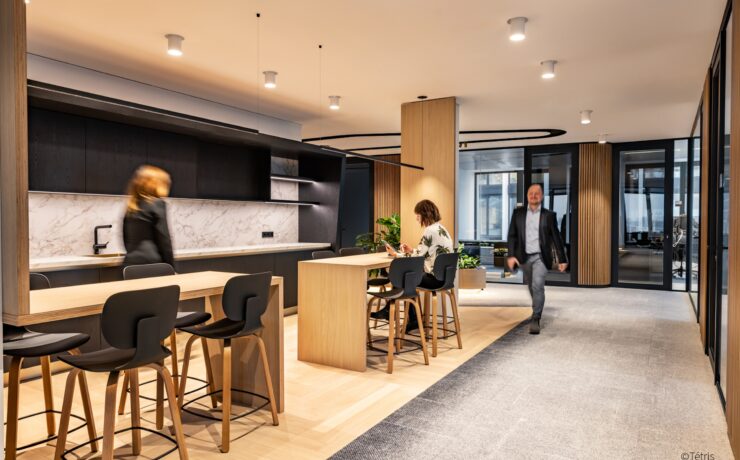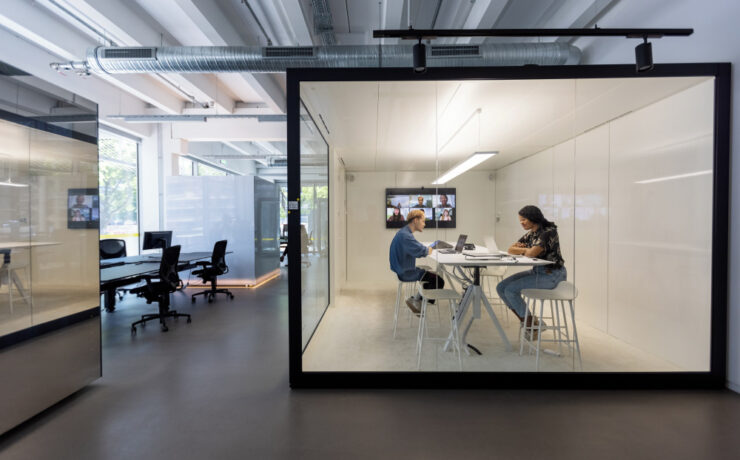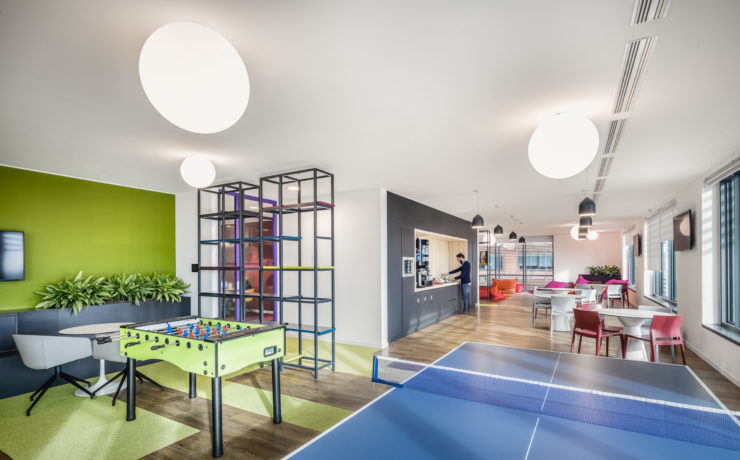After more than a year of working from home, it’s safe to say that remote working is here to stay in some shape or form as employees ask for permanent flexibility in their roles. However, working from home comes with its own challenges as everyone’s set up differs depending on their living arrangements. A ‘one size fits all’ solution can’t be rolled out, so the way we work from home needs to be reimagined to ensure maximum productivity and engagement across all levels of seniority and for all individuals.
‘When the pandemic began, there was a lot of enthusiasm regarding working from home because it was this new, novel idea that a lot of people had wanted to do but hadn’t necessarily been allowed to,’ says Nuno Fernandes, Design Director, EMEA at Tétris. ‘A year later, people are realising that working from home isn’t sustainable unless some changes are made.’
Fernandes points out that while working from home has empowered many, it has also been difficult for some and companies need to invest in solutions to create a comfortable and productive home working environment for staff. ‘We’ve identified different types of workers based on our own research. Senior leaders haven’t seen any real negative effects of working from home, since they would likely have the space to set up a dedicated home office. However, more junior staff – who tend to live in either shared accommodation or small apartments – don’t necessarily have their own office space and are having to either work in their bedroom or a shared space within their property.
Companies need to invest in solutions to make their employees’ lives easier while also creating a clear divide between their professional and personal lives. This is just one of many benefits that companies can provide, as this can make a huge difference to their health, wellbeing and productivity – a happier, healthier workforce is a more productive one.’ He suggests that there should be a focus on companies purchasing and sending ergonomic chairs and equipment to staff to improve not only their home working experience, but to look after their health and wellbeing too, as doing eight hour days sitting on inadequate furniture can cause long-term damage.
Another solution is to send flexible partitions that can almost create a small pod, providing a visual and mental divide between a home workspace and a personal space.
‘A lot of people will choose to continue to work from home after the pandemic, so companies need to be prepared for the fact that some may opt to only be in the office when necessary. To ensure their staff can work from home, they will need to fit out some of their staff’s personal spaces as well as transform their office HQ.’
Betty Surgis, Head of Furniture Solutions, EMEA at Tétris, takes this one step further. ‘The reality is that a lot of staff will choose to work from home, so we need to make sure all types of workers are catered for. Those with dedicated workspaces can have large desks and other fittings that can accommodate all their needs, but if you’re living in a small apartment or a shared living space with a partner and children, we need to look at other solutions, such as foldable desks, seats that double up as storage spaces and can be used if people come to your house to socialise. The solution must respect the apartment’s design. If you have a desk in your living room, it must harmonise in the space. We don’t want to impose a fixed desk on people if they have limited space, so it’s about finding solutions that can be folded up, put away or used in another context.’
However, working from home doesn’t work for everyone. A recent study by JLL suggests that younger and junior workers are keen to return to the office due to their living arrangements. ‘I know some people who, before the pandemic, would spend all day at the office, then socialise after work, and literally go home just to sleep because their apartments are so small. The past year has been tough on them because they simply don’t have enough space to essentially pack up their desk and put it in their home.’ As a result, Fernandes stresses the importance of not only helping those who want to remain mostly working from home, but also the importance of reimagining the office. ‘As I said, younger colleagues tend to work in smaller spaces and going to the office will be a breath of fresh air for them, so it’s important to redesign your office to their needs.’ This includes flexible working desks rather than the ‘desk factories’ of the past, more collaborative, open social spaces so that people can have down time in between working, and other benefits that look after employee wellbeing, such as exercise rooms, studios, bars, and much more.
